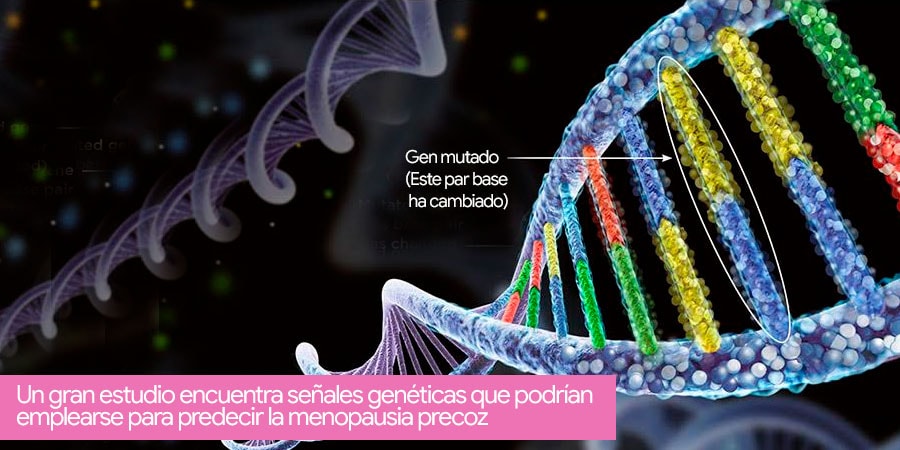
A large study finds genetic signals that could be used to predict early menopause
A large new study analyzed the genes of hundreds of thousands of women nearing the age of menopause and revealed hundreds of genetic signals that researchers say could help predict and prevent early menopause, as well as treat infertility and improve the reproductive health of women in the future.
The study, published in the scientific journal Nature, identified 290 genetic variants, many of them part of a DNA repair pathway, associated with the age at which women enter menopause. The researchers also found that changing the levels of two of these DNA repair genes delayed menopause in mice. The study furthers our understanding of how genes, specifically those in the DNA damage response pathway, might influence women’s reproductive lives.
The average age at which women begin menopause is about 51 years and is caused by a decrease in ovarian reserve, the ability to produce healthy eggs.
But there is significant variation in the age at which menopause begins, determined by genetic and environmental factors. Although environmental factors that influence menopause, such as smoking and chemotherapy, are well studied, genetic factors remain a black box.
Studying the underlying biology and genetics of menopause has proven difficult because a woman’s egg supply is formed primarily before birth, and studying it in adult humans often means taking a sample of ovarian tissue.
To get around these difficulties, the researchers looked to genetic studies called genome-wide association studies, or GWAS. Two of these previous studies had identified around 60 genetic regions associated with the timing of menopause.
Now, the multi-institutional team examined the genes of a much larger group of women, some 200,000, between the ages of 40 and 60, and found nearly 300 genetic signals associated with the timing of menopause. Similar to the results of their previous studies, many of the genetic regions they identified are involved in processes that respond to DNA damage to maintain cell health or induce cell death if necessary. Still, the researchers were surprised by the prevalence of this pathway in their findings.

![[:es]Telemedicina Médico remoto en España NOTICIA[:]](https://drlucasminig.com/en/wp-content/uploads/telemedicina-medico-remoto-doctor-espana-lucas-minig.jpg)
![[:es]La quimioterapia hipertérmica intraperitoneal (HIPEC), no es útil en mujeres con cáncer de ovario[:]](https://drlucasminig.com/en/wp-content/uploads/quimioterapia-hipertermica-intraperitoneal-no-util-cancer-de-ovario.jpg)
![[:es]Vacuna Contra VPH reduce cáncer de útero[:]](https://drlucasminig.com/en/wp-content/uploads/vacuna-contra-vph-noticias-dr-lucasminig.jpg)
![[:es]Investigan cómo prevenir el cáncer de ovario. Doctor Lucas Minig[:]](https://drlucasminig.com/en/wp-content/uploads/prevenir-cancer-de-ovario-mujeres-con-alto-riesgo-drlucasminig-investigacion.jpg)
